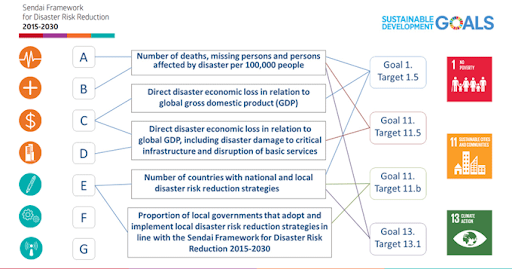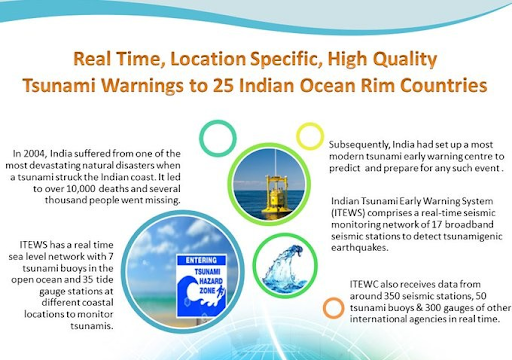



India recently hosted the 10th APDIM Session in New Delhi, powerfully reinforcing its regional leadership in Disaster Risk Reduction (DRR). The collaboration with UN ESCAP's APDIM focuses on leveraging geospatial tools, early warning systems, and capacity building across the Asia-Pacific.

Copyright infringement not intended
Picture Courtesy: PIB
India recently hosted the 10th Session of the Governing Council of the Asian and Pacific Centre for the Development of Disaster Information Management (APDIM) in New Delhi.
The Asia Pacific Disaster Information Management Center (APDIM) is a regional body established in 2015, to support sustainable development in Asia and the Pacific by providing accurate and effective disaster risk information.
Parent Body: United Nations Economic and Social Commission for Asia and the Pacific (UN ESCAP)
Headquarters: Tehran, Iran
Governing Council: Consisting of eight ESCAP member countries elected for a period of three years (India is one of the members for a period from 2022 to 2025).
Contribution to Global Goals: Directly supports Targets of the Sendai Framework (2015-2030), which aims to substantially increase access to multi-hazard early warning systems and risk information by 2030.

India shifted from a relief-based to a proactive disaster management model focusing on prevention, preparedness, and mitigation, formalized by the Disaster Management Act, 2005, which established bodies like the National Disaster Management Authority (NDMA).PM’s 10-Point Agenda on DRR
Prime Minister Narendra Modi introduced a Ten-Point Agenda at the 2016 Asian Ministerial Conference on Disaster Risk Reduction (AMCDRR) in New Delhi.
Coalition for Disaster Resilient Infrastructure (CDRI):
Case Study: Odisha’s Cyclone Management Model:
Case Study: Indian Tsunami Early Warning Centre (ITEWC):

Source: PIB
|
PRACTICE QUESTION Q. India has shifted the disaster management approach from a reactive, relief-centric model to a proactive one focused on prevention and mitigation. Critically analyze. 150 words |
APDIM, the Asian and Pacific Centre for Development of Disaster Information Management, is a regional institution of the UN ESCAP. It serves as a regional knowledge hub for disaster-related data, builds capacity in member states, and promotes cooperation on managing transboundary hazards to strengthen disaster resilience across the Asia-Pacific.
The Asia-Pacific is the world's most disaster-prone region. Many hazards like cyclones, floods, and tsunamis are transboundary, meaning they cross national borders. Regional cooperation is essential for sharing data, technology, and best practices for effective early warning, mitigation, and response
Launched by India in 2019, the CDRI is a global partnership of countries and organizations. It aims to promote the resilience of infrastructure systems to climate and disaster risks by serving as a platform for knowledge exchange and capacity building.







© 2025 iasgyan. All right reserved